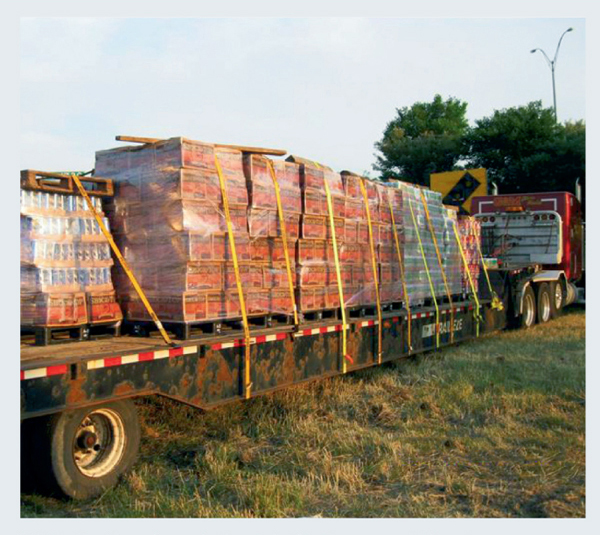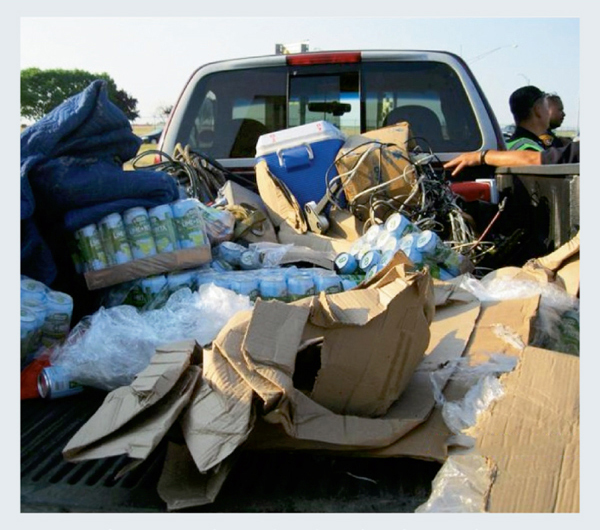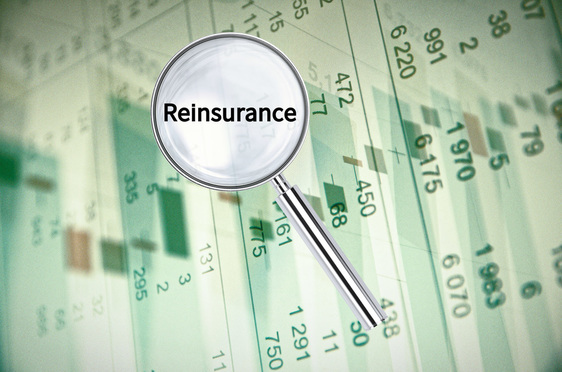“It's a lonely place under the bus all by yourself.” This saying sums up the concept of subrogation and our attempts to identify other potentially responsible parties. Subrogation describes both the legal and equitable right of an insurer to pursue a third party that caused an insurance loss to the insured. When an insurer pays a claim, the insured assigns all rights to recovery to the insurer, who may then “step into the shoes” of its insured and attempt to recover the monies paid from a third party.
However, numerous complications can arise. For example, an auto accident could have elements of negligence or strict liability on the part of the drivers, mechanics who worked on the vehicles, product liability claims for the auto manufacturer or component part manufacturers, computer programming errors, municipalities responsible for roadway maintenance or signage, etc.
Subrogation supports the principle of social equity/justice (i.e., not allowing the at-fault party to escape responsibility). It also supports the principle of indemnity by serving to prevent the policyholder from recovering in excess of the actual damages (i.e., policyholder cannot recover under the insurance contract and then seek double recovery by pursuing the at-fault party for the same damages, since the policyholder's rights of recovery against the at-fault party will have been assigned to the insurer via the subrogation clause of the insurance policy).
In a recent example, a Crawford & Company-trained adjuster helped identify and protect a client's subrogation rights in the case of an overturned tractor trailer carrying a cargo of beer. For this claim, the truck was insured for both the physical damage and inland-marine motor truck cargo exposures. While the cargo itself needed to be destroyed, the loss triggered several issues, including the public trust/duty to uphold the law, issues of taxation (alcohol taxes are paid up front and may be recoverable if proper poof of destruction can be presented), as well as the salvage value of the cans as scrap.

This is the load that left the accident scene: 19 pallets

View of items placed in back of a pickup at the scene
Utilizing an adjuster trained in subrogation principles can help establish the condition of the cargo at the scene and document who took possession of the same and in what quantity. In this case, the Crawford & Company adjuster had photographic documentation of the cargo as it went into police possession to be towed to their impound lot. So when the cargo was found to be “missing” the next day, the client was able to document that the police had taken it into their custody at a secured impound lot. This resulted in an internal affairs investigation within the police department and preserved the potential subrogation for the client, who may have suffered a loss of any remaining salvage value and may have been unable to recover their liquor taxes in the absence of officially documented destruction. The adjuster further documented the tow company doing the recovery on scene taking possession of some or the cargo and storing it in their personal vehicles, thus affording another potential avenue of recovery for the client.
Today, insurance adjusters are increasingly under pressure to reduce claim cycle times to help drive increased customer satisfaction ratings and policyholder retention. With potentially hundreds of claims competing for adjuster time and attention, overlooked subrogation opportunities represent missed chances to recover potential funds. Proper training in how to look for potential subrogation opportunities, understanding legal principles and exploring all relevant avenues of investigation into sources of recovery can help all adjusters be as successful as the one who cracked the case of the missing beer.
Mark Killion, CPCU, AIC, ARM, ARM-E, PTC, is the marine & transportation product manager of U.S. Property & Casualty for Crawford & Company.
Want to continue reading?
Become a Free PropertyCasualty360 Digital Reader
Your access to unlimited PropertyCasualty360 content isn’t changing.
Once you are an ALM digital member, you’ll receive:
- Breaking insurance news and analysis, on-site and via our newsletters and custom alerts
- Weekly Insurance Speak podcast featuring exclusive interviews with industry leaders
- Educational webcasts, white papers, and ebooks from industry thought leaders
- Critical converage of the employee benefits and financial advisory markets on our other ALM sites, BenefitsPRO and ThinkAdvisor
Already have an account? Sign In Now
© 2024 ALM Global, LLC, All Rights Reserved. Request academic re-use from www.copyright.com. All other uses, submit a request to [email protected]. For more information visit Asset & Logo Licensing.








